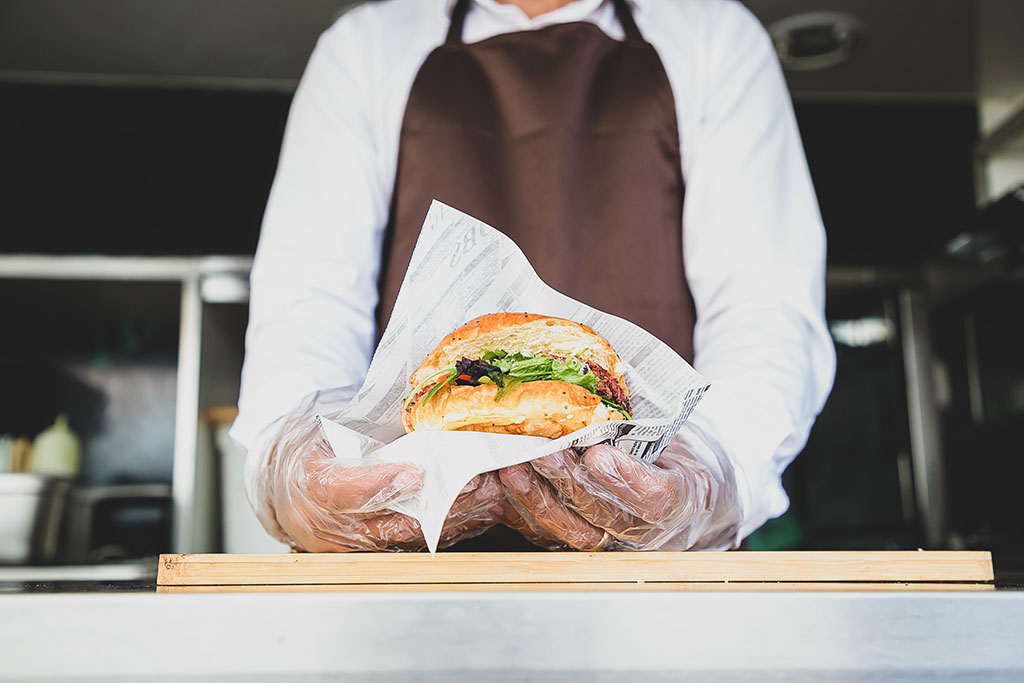
Photo by Kampus Production from Pexels
Food trucks tend to have a bad rep when it comes to food safety. Any business that works in food service needs to be vigilant and follow proper protocols. When you own a mobile restaurant business, the safety and health of your employees and your customers should be a top priority.
Keep reading to learn the best safety practices for your food truck.
1. Properly Train Your Employees
Your employees should be trained in proper food handling and how to operate the equipment in a food truck. In some states, food service employees must pass a food handler’s course and acquire a permit. These courses teach workers about proper sanitation, food handling and storage, and preventing the spread of food-borne disease.
The FDA provides a handbook for retail food protection. It helps food service workers to learn essential employee health and hygiene matters. Your employees probably won’t seek out this information on their own, so it’s your job as their employer to stay on top of things.
2. Tell Sick Employees to Stay Home
If an employee shows up to work sick, you should send them home. The same goes for if they get sick at work. Sick workers can infect food or contaminate the equipment they are working with.
Additionally, sick workers cannot focus completely, making them prone to accidents or other hazards. This is a big red flag for health inspectors. If the health department finds out sick employees were handling and distributing food, you can face major fines and/or a shutdown.
3. Prepare for Food Truck Emergencies
Any number of accidents can happen on a food truck. During a lunch-hour rush, it’s easy for someone to misplace a knife or stick a hand where they shouldn’t.
Burns are a typical injury for food truck workers. Have the proper tools to handle hot cookware and never leave hot equipment unattended. Make sure there you have both first aid kit and fire extinguisher in reach.
Physical harm isn’t the only potential emergency to plan for. You should have emergency safety protocols printed in a binder and kept in a secure place in the truck. Make sure all of the employees know the procedure for things like power outages, robberies, car accidents, and more.
4. Perform Regular Inspections
Schedule times to inspect your truck, and regularly review a health and safety checklist that is specific for food truck owners. Take note of any hazards or potential dangers during your walkthrough. Here are some signs to look for:
- Ensure containers are separated, and there is no cross-contamination between foods (potential allergens, raw, and cooked foods)
- Check refrigerator and freezer temperatures to make sure food is kept at a safe temperature
- Food containers and storage bins are labeled properly
- Cleaning supplies are stored away from food products
- Employees are aware of proper hand washing, cleaning, food preparation, and serving techniques
- The ventilation system is clean and up-to-date
Having a regular walkthrough gives you the chance to identify problems before they become serious, as well as ensure your employees are aware of your expectations. Consider doing surprise inspections, so you can observe employee behavior when they haven’t had time to do anything differently.
Tips for Food Truck Safety
Food truck safety means having employees that are properly trained and certified in food handling. They should know what to do in the event of an emergency and how to find help. You can encourage safe practices by performing regular inspections and making sure no one is sick on the job.
For more tips on how to run a safe food truck, take a look at the rest of our blog.
Interested in getting into the food truck industry? Request a quote from us today to get going!
Stay up to date on everything Prestige Food Trucks has to offer! Make sure to like us on Facebook and follow us on Twitter and Instagram.
For more food truck advice and inspiration, check out the rest of our blog here.